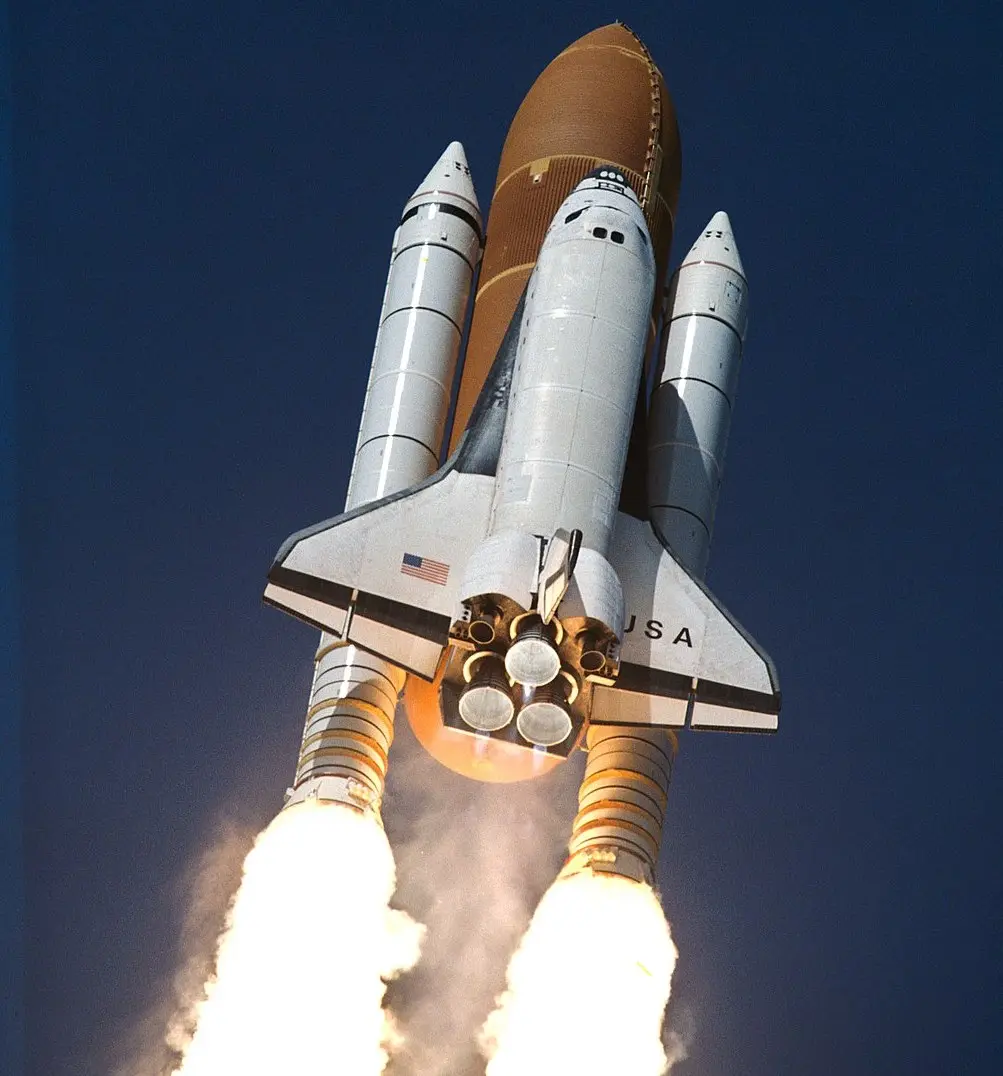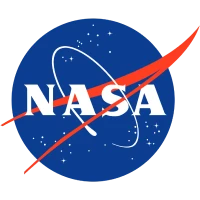/
STS-107
Launch Failure
Liftoff Time (GMT)
15:39:00
Thursday January 16, 2003
Watch Replay
Official Livestream
Mission Details
Launch Notes
An in-flight break up during reentry into the atmosphere on February 1 killed all seven crew members and disintegrated Columbia. Immediately after the disaster, NASA convened the Columbia Accident Investigation Board to determine the cause of the disintegration. The source of the failure was determined to have been caused by a piece of foam that broke off during launch and damaged the thermal protection system (reinforced carbon-carbon panels and thermal protection tiles) on the leading edge of the orbiter's left wing. During re-entry the damaged wing slowly overheated and came apart, eventually leading to loss of control and disintegration of the vehicle.
STS-107
STS-107 carried the SPACEHAB Double Research Module on its inaugural flight, the Freestar experiment (mounted on a Hitchhiker Program rack), and the Extended Duration Orbiter pallet. SPACEHAB was first flown on STS 57. One of the experiments, a video taken to study atmospheric dust, may have detected a new atmospheric phenomenon, dubbed a "TIGER" (Transient Ionospheric Glow Emission in Red).
Low Earth Orbit
14,553 kilograms
Rocket


Agency
NASAPrice
$450.00 million
Rocket
Height: 56.1m
Payload to Orbit
LEO: 27,500 kg
GTO: 3,810 kg
Liftoff Thrust
30,250 Kilonewtons
Stages
2
Strap-ons
2
Launch Site
Stats
Space Shuttle
113th
Mission
1st
Mission of 2003
2003
3rd
Orbital launch attempt
